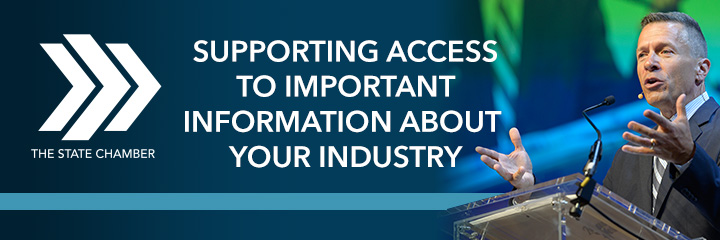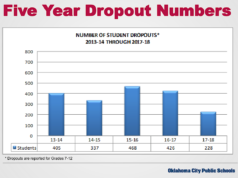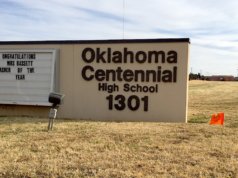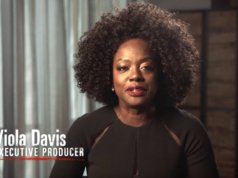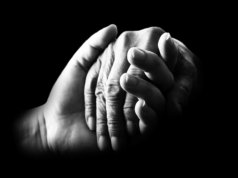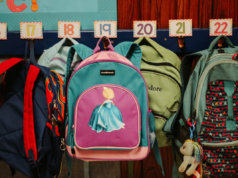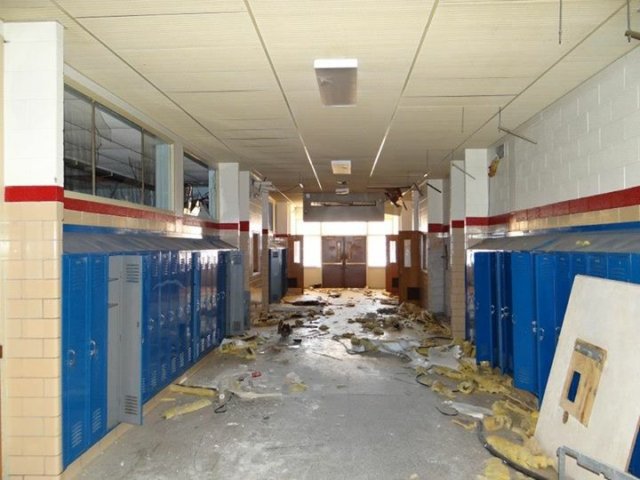
This year’s 19th anniversary of the April 20, 1999, Columbine mass murders renewed anxieties surrounding gun violence in the nation’s political consciousness, especially coupled with the recent Waffle House shooting in Tennessee.
I will always recall the Colorado tragedy from the perspective of the John Marshall “Year from Hell,” as our long-suffering principal called it. Our Year from Hell was partially created by the unintended results of turning Northeast H.S. into a magnet school, meaning that its “regular” students would attend Marshall. We had been improving steadily but, without planning, our boundaries were extended into new gang turf. Students straggled in at irregular intervals, flashing gang signs and clearly indicating whether their “sets” were Crips or Bloods. Shifting large numbers of students from one high-poverty neighborhood school to another without providing extra resources can be catastrophic.
As the spring flowers bloomed and around the time of the murder of 12 students and a teacher in Colorado, gun violence would contribute to the hell of that year at John Marshall. We dealt with five funerals of current students or recent alumni, and three of those involved guns. In the following recollection, all names are pseudonyms.
Crowded classrooms
In the fall of 1998, I was assigned 125 freshmen as well as 50 other students. Dealing with those classes of 36 to 43 freshmen was the toughest challenge in my career. By the second semester, however, ninth-graders always became much more teachable, and I even volunteered to take more students from a struggling teacher’s class.
Then, we abruptly received 10 new students who were returning from long-term suspensions. I thus entered the fifth week of last semester without knowing many of my students and without them having any idea about my expectations.
Anarchy in the halls
At first, dozens of students cut class and would hang out in the parking lots. By April of 1999, many hundreds of students would roam the grounds. My first instinct was to help round kids up and bring them to class. When I brought cutters inside, however, rarely could I see a functional class. And, as I walked the halls, screams would often erupt as hundreds of students rushed out of the classrooms and joined the mayhem.
I have no idea how many dozens of times I walked the halls, asking myself if what I was seeing was real. By that April, during an era when instruction wasn’t undermined by standardized testing, school was usually one victory lap after another, but the combination of class sizes, deaths, gang violence and the complete breakdown of order made it look like we wouldn’t be able to muddle through the final weeks.
I was lucky to have a last-hour planning period, so I would play basketball with students during lunch, go outside and play softball with the girls and football with the guys. They had had no supervision after their coach quit.

Funeral after funeral
One day, Arnold and I were talking in the library as he recalled the murder of his best friend in Bedford-Stuyvesant. He would mourn by smoking marijuana, watching nature shows on PBS and looking out his window to observe life in the projects. He often drew the comparison between life and death in the jungle as revealed in those documentaries and the human struggle in the streets. Arnold laughed at the absurdity of leaving Brooklyn to get away from the projects only to land in the North Highland neighborhood of Oklahoma City.
Then, an irresistible former freshman, Big Ben, made his wonderful return visit. This ebullient student had dropped out of school, but now, he brought all of his charm to our conversation. As we hugged goodbye, nothing could compare with the joy and love of sharing deeply with my kids.
Tragically, Big Ben took his own life that evening.
Another class leader, Deb, started to wrestle with depression. She later told me about her unplanned pregnancy. This mature leader often articulated pacifist beliefs — beliefs that became doubly clear when she gave a remarkable eulogy for a classmate.
Then came the fourth and fifth funerals.
‘It made us tough!’
Although it was nothing in comparison to what students endured, it was terrible luck that this was the year when I went through the National Board Certification process. The bad news was the anarchy made it virtually impossible to meet the board’s exacting standards. The good news is that the process left me with videos and comprehensive records of our classroom accomplishments — as well as disappointments.
One video was of a senior class. We called it “Survivors 404.” When viewing the video, it would be easy to fall in love with one exceptionally mature class leader, Stella. She had shot her father. One of the sweetest kids, Ann, had been forced to stab her stepfather. Jack’s bravado was his response to a childhood cut short, as well as his extended time in the juvenile and adult sections of the Los Angeles County jail. He said that the Baby Boomers did their generation a favor by abandoning them because, “It made us tough!”
The slow path of improvement
Then came Columbine. As usual when facing a moral challenge, numerous students stepped up and demonstrated maturity and leadership. I doubt that would have been enough to manage that year’s crisis, but post-Columbine politics gave the school administrators the power to address disorder and rampant violence. The most extreme perpetrators were assessed a newly invented consequence: “study at home” for the rest of the year. Nobody felt good about scaling up a de facto system of long-term suspension, but it worked.
The next school year, Marshall had basically the same educators and students but with manageable class sizes, and we returned to making incremental improvements in the school. So, aside from the emotion, memories of the Year from Hell fit into the pattern that dominated my career: Students and adults would make our school better for years at a time until a policy mistake would bring the progress to a crashing, usually bloodstained halt. We’d get back on track, and then one or two additional challenges would be dumped on us, and violence would spin out of control. Then, as memories receded, we’d again get back on the slow path of improvement.

